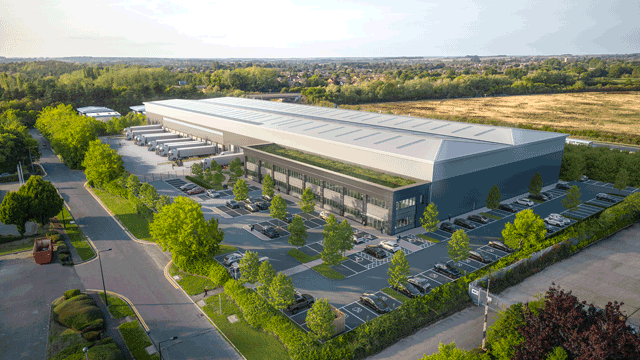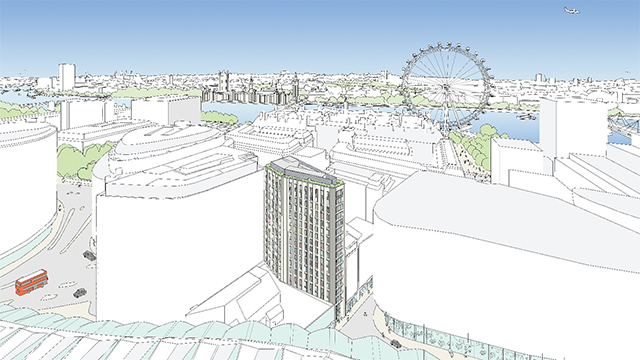COMMENT Back in 2017, a National Infrastructure Commission report found that the Oxford-Cambridge Arc is home to some of the UK’s most productive and fast-growing cities and has significant potential for transformative growth. But the NIC argued that this was constrained by poor east-west infrastructure and a lack of suitable housing that hindered the continued success of the area.
To realise the Arc’s full economic potential, the NIC set out that an integrated approach to infrastructure, placemaking and business growth is needed. The majority of these recommendations focused on delivery of the vision, mainly through collaborative working with local authorities.
Both February’s policy paper on the spatial framework and last month’s Arc consultation are at pains to point out that this is not intended to be a top-down exercise by government. MHCLG seems genuinely eager to engage as widely as possible. There are also a number of references to MHCLG being keen to hear from those who normally do not engage in planning consultations and decisions. The documents are undoubtedly drafted in a way to facilitate this wider engagement and make it accessible.
Hold up
To assist with delivering on the economic ambitions in the area, the consultation states that the government is considering setting up a new ‘Arc Growth Body’. The government has also announced that it has appointed an expert panel to provide advice on creating ‘well-designed, sustainable and vibrant place in the Arc’, chaired by Emma Cariaga.
This is all to be welcomed but we do now need to hear from government on the ‘nuts and bolts’ delivery arrangements if we are to believe that the vision can be delivered in collaboration with the local authorities and to what timescale. The worry is that these arrangements are being held up by the even wider national debate about housing and reform of England’s planning system.
There are two initiatives in particular crucial to delivery where government needs to make rapid progress.
The first concerns development corporation modernisation, apparently one element of the forthcoming Planning Bill. Development corporations are not mentioned in last month’s consultation documents, although there is a reference to the government, in parallel to developing the spatial framework, “exploring options to speed up new housing and infrastructure in the Arc”. This includes considering the case for new and expanded settlements, including options informed by the east-west rail stations between Bedford and Cambridge. We are told that there will be additional Arc consultations on any specific proposals for those options.
The other initiative crucial to delivery is how the significant amount of development envisaged, not least housing, is going to be consented. Will we carry on with the classic English piecemeal approach or actually put in place a system that will deliver what is going to be required in an integrated way and in the time required?
There are two particularly interesting options here. The first is whether ministers will feel able to stick to the Special Development Order regime that technically applies under the 1981 New Towns Act. The second is whether ministers will be prepared to open up the national infrastructure planning regime to new and extended settlements, as envisaged in the August 2020 planning reform White Paper.
A breath of fresh air
The government should be congratulated for making excellent progress with its vision for the Arc and towards the spatial framework. The documents it produced in February and then in July are a breath of fresh air compared with most government consultation documents. But it is vital that the government now begins to move all of this towards reality by articulating to local authorities, all of their communities and other key stakeholders how the vision will be delivered in an integrated, locally led and flexible way.
Robbie Owen is a partner at Pinsent Masons











